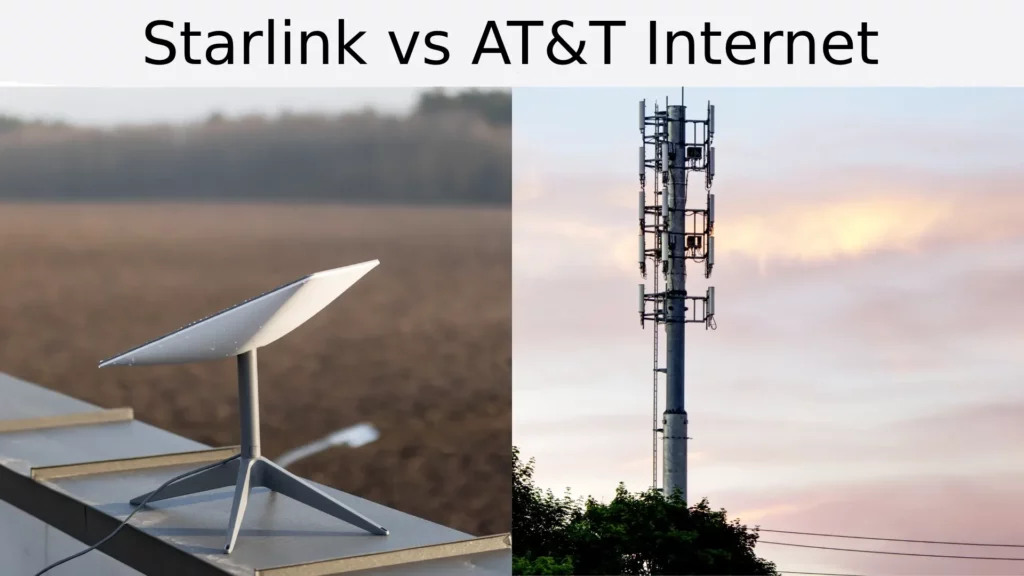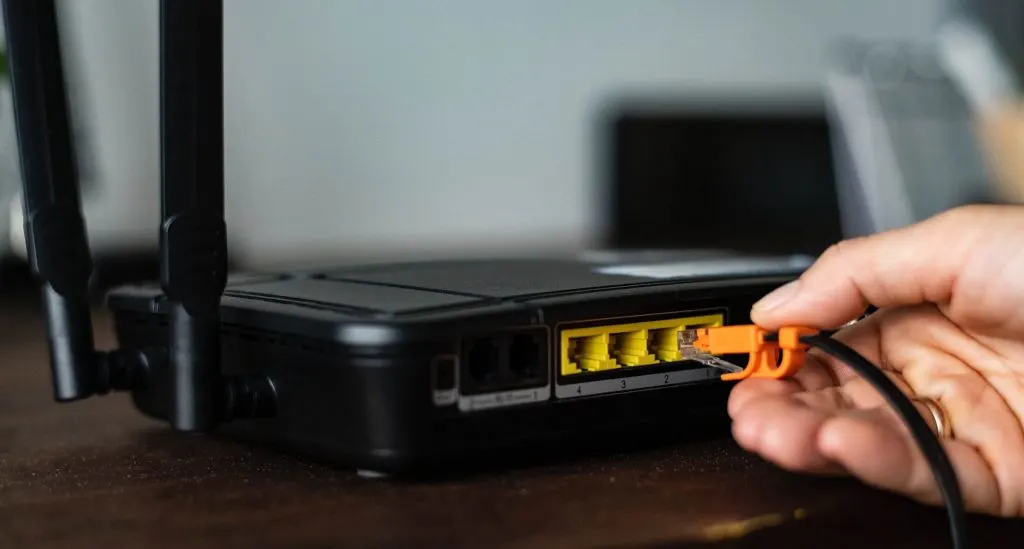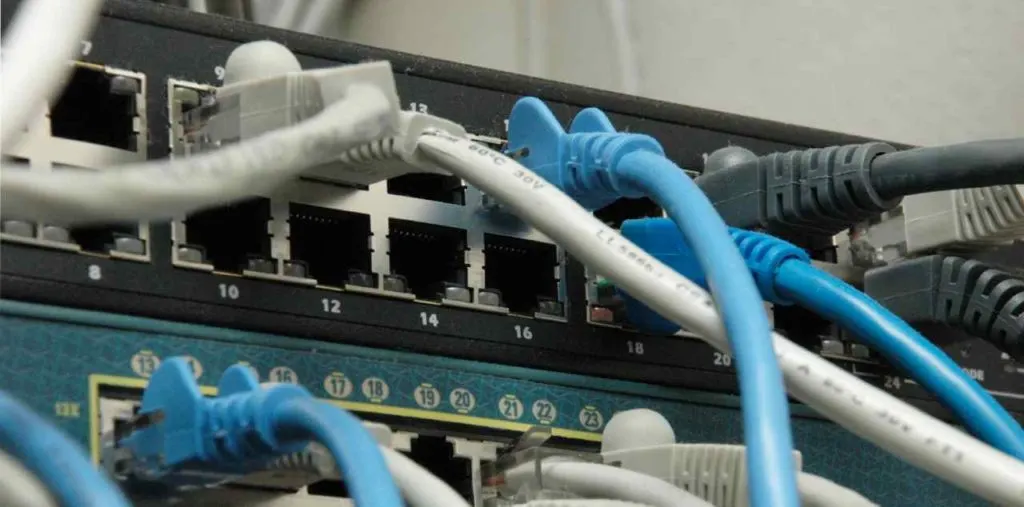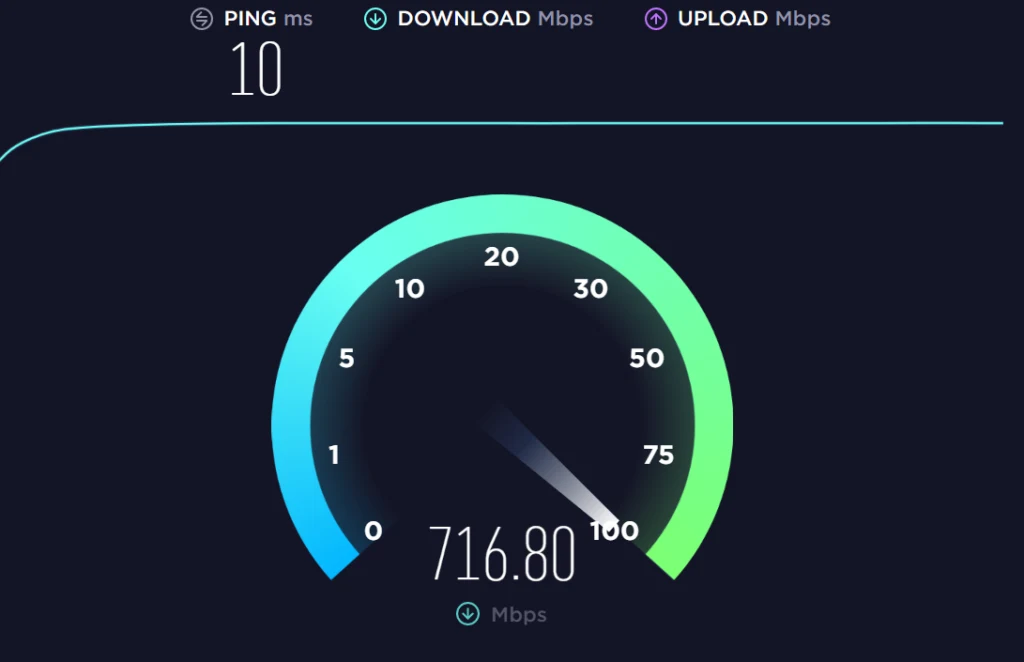SpaceX’s Starlink Satellite Internet Service is quickly gaining traction in the telecommunications market. Many consumers are excited to have new competition in the market. Many others are excited because, for the first time, they will be able to get quality internet service at their rural location.
The idea of Starlink may sound far-fetched to many, but the service is quickly rolling out to more and more areas each month. As of 2023, there are still large areas that are waitlisted for Starlink Residential service. Residents of a waitlisted area can sign up for Starlink Roam and then switch to residential at a later date when it is available in their area.
AT&T has an impressive coverage area that is comprised of fiber service regions and DSL service regions. As expected, there is a huge performance difference between what you can expect to get with AT&T Fiber vs with AT&T DSL. Typically fiber is more commonly available in urban and suburban areas. This is true with most internet service providers. Starlink vs AT&T, which is the better home internet service?

Starlink Internet vs AT&T Home Internet
TL;DR Answer: AT&T vs Starlink
Starlink offers faster speeds than AT&T DSL (IPBB) internet service in most cases. AT&T DSL tends to be more stable and consistent while also offering lower latency (ping). AT&T Fiber offers the best performance far and above.
Starlink is not competitive with fiber internet services such as AT&T Fiber and Verizon Fios. Pricing is generally more affordable with AT&T. Starlink also requires an upfront payment of $599 just to sign up. The on par with other satellite internet service companies.
About Starlink Internet Service
SpaceX’s Starlink internet service launched its public beta testing program in October 2020. As of 2023, they have grown their coverage and added network capacity to be able to take on more subscribers.
Starlink currently averages between about 70 Mbps and 140 Mbps of download speed. Starlink has drops in service that range from seconds to several minutes in length that occur daily.
This will likely become less of an issue as more satellites get launched into low earth orbit. It will also depend greatly on the customer’s location and their ability to get an unobstructed view of the sky for their dish.
Latency with Starlink is generally in the 45 – 65 ms range, which is similar to or slightly higher than AT&T DSL service. This is low enough for most online games to play relatively smoothly. It is also low enough for remote working using applications such as Zoom or Microsoft Teams and for VoIP.
The bigger issue with Starlink is the drops that last from a few seconds to a few minutes. This would kick you from a gaming match or disconnect a Zoom meeting.

About AT&T Home Internet
AT&T home internet is actually two different services that are all sold under the umbrella name. AT&T home internet can refer to AT&T DSL internet or AT&T fiber internet. These are very different services; each has its own unique strengths and weaknesses.
Starlink vs AT&T DSL
AT&T DSL has been around the longest and has the widest service availability. AT&T DSL is also slower than AT&T fiber or Starlink. Download speeds with AT&T DSL max out at 100 Mbps, and Upload speeds max out at 20 Mbps. This is significantly faster than Verizon’s DSL service, which tops out at 15 Mbps download speed.
Most people will see slightly lower speeds, especially if they are located farther away from the central office. Latency is in the 25 – 40 millisecond range with AT&T DSL.
AT&T DSL is more stable than Starlink at the present time. If you need absolute stability for VoIP or virtual meetings, DSL is going to be a better option.
AT&T DSL is also going to be much better for online gaming. Latency is lower, ping is more stable, and drops are less common. AT&T DSL also provides a public IP address rather than a CGNAT private IP that Starlink provides. This is essential for gaming, especially if you want to do
However, download speeds are about double with Starlink than with AT&T DSL. This makes downloading larger files faster. Both services are fast enough to stream 4K video without buffering.
Uploads are very similar in speed. If you use cloud storage services such as Dropbox, OneDrive, or Google Drive, upload speed is of high importance.
The better option really depends on whether raw speed or stable performance is more important to you. Starlink offers a higher raw download speed, whereas AT&T DSL offers lower latency and better stability. We think the latter is more important.
Winner: AT&T DSL (With a few exceptions)

Starlink vs AT&T Fiber
AT&T Fiber is an established player in the market with a relatively small but still somewhat sizable service area. AT&T fiber is fast and reliable, with speeds of 1 Gbps available in most areas. AT&T fiber uses fiber-to-the-home technology to deliver symmetric download and upload speeds of 1 Gbps.
Comparing Starlink to AT&T fiber is not really fair to Starlink. Starlink is not really intending to compete with services such as AT&T fiber and other high-speed cable/fiber internet services. If you happen to live in an AT&T fiber coverage region, AT&T fiber is a great choice. Generally, fiber internet has the absolutely lowest latency and the highest download/upload speeds. AT&T fiber is no exception here.
With AT&T fiber, you will generally get a highly reliable internet connection with consistent download and upload speeds. This makes it a great choice if you rely on your internet connection for critical tasks. This could include working from home, running a small business, or using VoIP services.
Latency with AT&T fiber is usually in the 5 ms – 25 ms range, and jitter is usually less than 3 ms. This means that real-time communication platforms such as Zoom or Microsoft Teams will perform well. Corporate VPN connections will also be highly stable and free from drops. This is typical with most fiber internet providers.

If you are a gamer, you will be well suited to using AT&T fiber internet. The low latency offered and lack of CGNAT makes it an ideal choice for gaming. If you want an open NAT type in games, AT&T fiber is a great option. You get a public IP address that you can use to set up port forwarding.
The quality of service you will get from Starlink largely depends on how many Starlink users are active within your coverage cell and the number of obstructions blocking your dish’s view of the sky. With AT&T fiber, you can be pretty certain that if service is available, you will be getting max performance. This is the nature of the technology. Fiber communications tend to be more reliable and less susceptible to outside interference.
If you are unable to position your Starlink dish with an unobstructed view of the sky, you will almost certainly have connection issues. Starlink offers a mobile app that can help you with the placement of the dish and maximizing performance. That said, if you know the only place you can put the dish has trees blocking its view of the sky, you should just give Starlink a hard pass.
Last but not least, another reason you may want to choose AT&T fiber is if you want the absolute fastest download speeds and upload speeds. With AT&T fiber, you can get an internet service of up to 5 Gbps in select areas. This is ideal if you do a lot of downloading of large files or have multiple users sharing the internet connection. AT&T also offers plans as low as 300 Mbps which are significantly less expensive per month.

Most people would be perfectly fine with 300 Mbps, but if you need and or want the extra speed, AT&T fiber can offer it.
Your bandwidth will also be highly consistent, and you can expect to get the speeds you are paying for most of the time. Upload speeds with AT&T fiber are also symmetrical. This is great for people who work from home or use cloud storage services.
Winner: AT&T fiber (By a landslide)
Pricing
AT&T home internet varies greatly in price depending on when you sign up and what promotions are offered. Generally, you can expect to pay between $30 and $110 per month for service. Generally, the lower speed tiers cost less within each service type. AT&T does not charge any equipment fees.
Starlink Internet currently costs $110 per month for service. There is also a one-time fee of $599 for the equipment package that includes the Starlink dish and a very basic Wi-Fi router.
Pricing with AT&T generally is between $55 – $180 per month, depending on the plan that you choose. Keep in mind that even their base 300 Mbps plan is significantly faster than Starlink.
Starlink currently has a soft data cap of 1 TB. This is enough for most people, and after that, your traffic is simply deprioritized to slower speeds. AT&T does not have data caps on any of its home internet plans. If you need unlimited data, AT&T is a good option to consider.
Conclusion
Starlink vs AT&T internet? Which is the better home internet service?
AT&T DSL is more reliable than Starlink and offers lower latency (ping). Download speeds are fast enough for streaming 4k videos and for working from home. Gaming performance is good, and you get a proper public IP address rather than a CGNAT IP address.
Starlink offers higher raw download speeds than AT&T DSL and similar upload speeds.
AT&T fiber blows Starlink out of the water in terms of performance while also costing less money per month. If AT&T fiber is available to you, just pass on Starlink. You are not the target market for Starlink anyways if you can get high-speed cable or fiber-based internet. Leave the Starlink capacity for someone who can actually benefit from it. Even in 2023, there are still huge areas of the United States that are waitlisted until more Starlink capacity becomes available.
